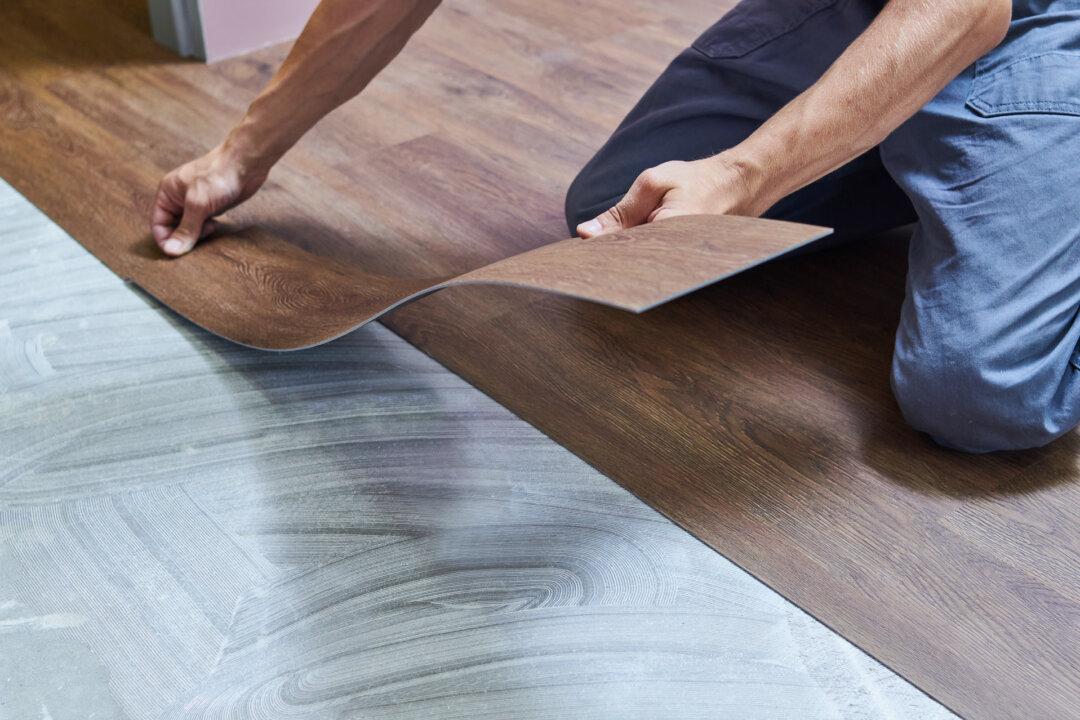Stainless steel is a relatively easy material to form, so there are endless styles and shapes. For many families, a design with several smaller sink sections is more functional than just one large one.
Use the installation costs you are saving to get a thick sink. The metal thickness ranges from .028 inches to .05 inches. Although less expensive, a thinner unit is more likely to become dented and can even sound “cheaper” when something is dropped in it.
If you must go with a less expensive model, try spraying foam insulation under the sink after it is installed to help improve the rigidity. This may also provide some additional condensation control. If you are measuring in gauges, remember that the lower the number, the thicker the metal and the higher the quality.
After you have removed your old sink, measure the opening in the countertop. Take your measurements from underneath the counter and be extremely accurate. The overall dimensions of the new sink should be at least a 1/2 inch larger than the opening. This way, you will have some overlap.
If you can’t find a matching size to fit the old opening, buy the next largest sink and cut out the jigsaw. Don’t worry if your cutting skills are not up to par. The countertop edge will be hidden under the new sink’s flange.
After you have decided on a sink and are sure it will fit, apply a layer of plumber’s putty around the sink’s edge. Align the sink in the hole and press it firmly down so it seats into the putty and forms a watertight seal.
Install the tightening clips underneath the sink to secure it to the countertop. Be sure you bend the clips away from the outer edge of the sink. Using a damp cloth, wipe away any excess putty.
Now you are ready for a faucet and fixtures. Some sinks come ready for the faucet while others still need some work done. Follow the manufacturer’s instructions for your particular model.
To maintain the beauty and shine of your new sink, avoid getting any chlorine-based chemicals, such as bleach, on it for extended periods. Rinsing your sink after each use will help remove any residue. Stainless steel can retain its luster when it is cleaned with household cleanser and a soft towel. Avoid leaving a wet steel wool cleaning pad in the sink. Follow these tips, and your sink is sure to be shining for years to come.
Tools and materials required include a putty knife, adjustable wrench, grooved pliers, jigsaw, pipe wrench, tubing cutter, Phillips and flat-blade screwdrivers, hacksaw, ruler, drill, new sink, and plumber’s putty.






